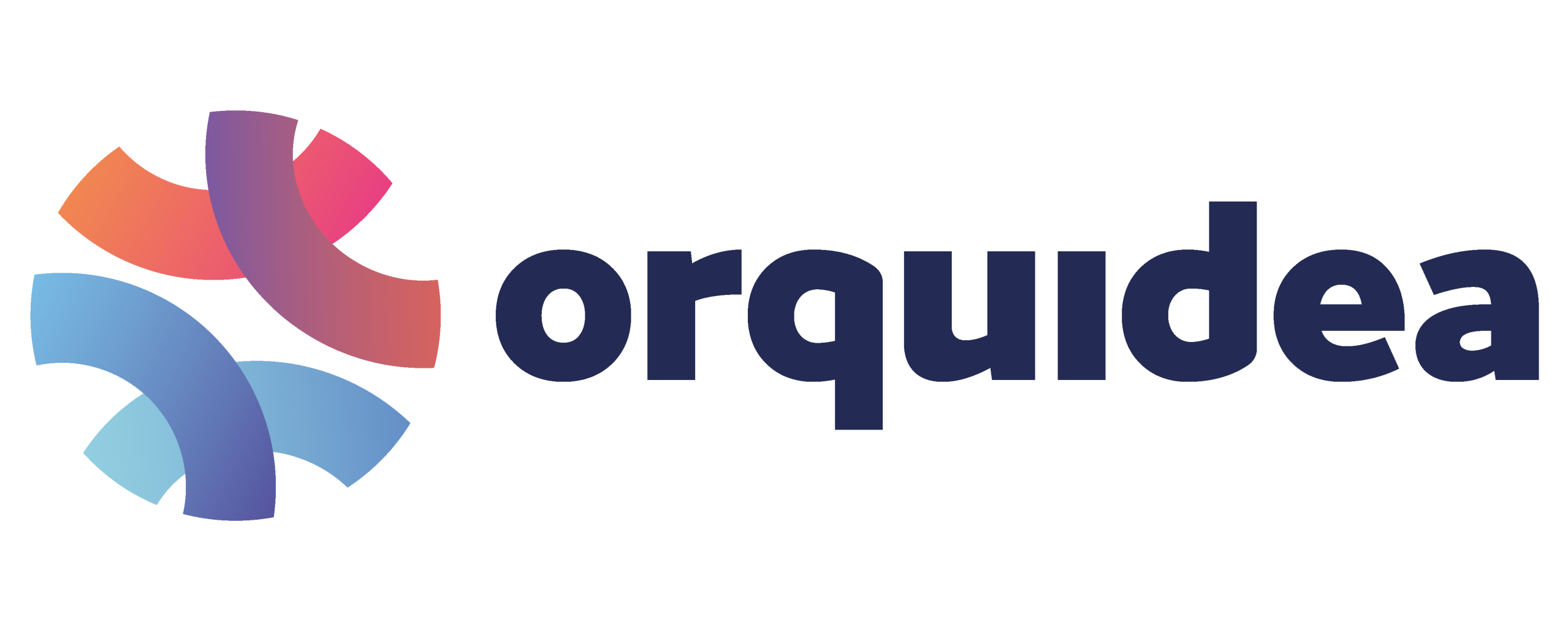Language Models and the Evolution of Meaning
Language is not static—it drifts, adapts, and reshapes itself across generations. Words gain new connotations, lose old ones, and shift in cultural resonance. With the rise of large language models (LLMs), we now have tools that not only process language but also reflect and influence its evolution. This article explores how LLMs engage with meaning, track semantic shifts, and challenge traditional notions of linguistic stability.
1. What Is Semantic Drift?
Semantic drift refers to the gradual change in a word’s meaning over time.
Examples include:
- “Awful” once meant awe-inspiring; now it means terrible
- “Gay” shifted from joyful to a sexual identity label
- “Cloud” moved from weather to digital storage
Language evolves through usage, context, and cultural transformation.
2. How Language Models Learn Meaning
LLMs learn meaning by:
- Consuming massive text corpora
- Identifying statistical patterns in word usage
- Building vector representations (embeddings) of words and phrases
- Capturing relationships through proximity in semantic space
Meaning becomes a function of context, frequency, and association.
3. Temporal Understanding and Historical Context
Most LLMs are trained on contemporary data, but:
- Some models incorporate historical corpora
- Diachronic embeddings track meaning across time slices
- Temporal prompts can simulate past interpretations (e.g., “What did ‘liberal’ mean in 1850?”)
This enables semantic archaeology through machine learning.
4. Polysemy and Contextual Resolution
Words often have multiple meanings (polysemy):
- “Bank” → financial institution or river edge
- “Pitch” → musical tone or sales proposal
LLMs resolve meaning by analyzing:
- Surrounding words
- Sentence structure
- Topic domain
They don’t store fixed definitions—they infer meaning dynamically.
5. Cultural Bias and Semantic Framing
Training data reflects cultural norms and biases:
- Gendered associations (e.g., “nurse” vs. “engineer”)
- Political framing (e.g., “freedom” in different contexts)
- Regional idioms and slang
LLMs may amplify or challenge cultural assumptions, depending on design and fine-tuning.
6. Meaning as Prediction
In LLMs, meaning is not stored—it’s predicted.
- Models generate words based on probability distributions
- Meaning emerges from what comes next, not what’s defined
- This shifts language from static reference to fluid expectation
LLMs treat meaning as a moving target, shaped by context and intent.
7. Semantic Change as a Benchmark
Researchers now use semantic drift to evaluate models:
- Can LLMs detect shifts in word usage over decades?
- Do they reflect historical nuance or flatten it?
- Are they sensitive to cultural events that reshape meaning?
Semantic evolution becomes a test of linguistic intelligence.
8. Implications for Education and Communication
LLMs influence how we:
- Teach vocabulary and nuance
- Translate across time and culture
- Preserve endangered meanings and dialects
- Understand how language reflects identity
They become tools for both preservation and transformation.
9. Expert Perspectives
Emily Bender, computational linguist:
“Language models don’t understand meaning—they model usage. That’s powerful, but not the same.”
Marco Tulio Ribeiro, AI researcher:
“Semantic drift is a mirror of society. If models can track it, they can help us understand ourselves.”
These voices highlight the tension between simulation and comprehension.
10. The Road Ahead
Expect:
- Time-aware models trained on historical corpora
- Semantic drift tracking tools for linguists and educators
- Cultural sensitivity layers in multilingual models
- AI-assisted dictionaries that evolve with usage
Meaning will no longer be fixed—it will be modeled, mapped, and monitored.
Conclusion
Language models don’t just process meaning—they participate in its evolution. As they learn from us, they also shape how we speak, write, and interpret. In this feedback loop, meaning becomes a living system—dynamic, contextual, and co-created between humans and machines.
